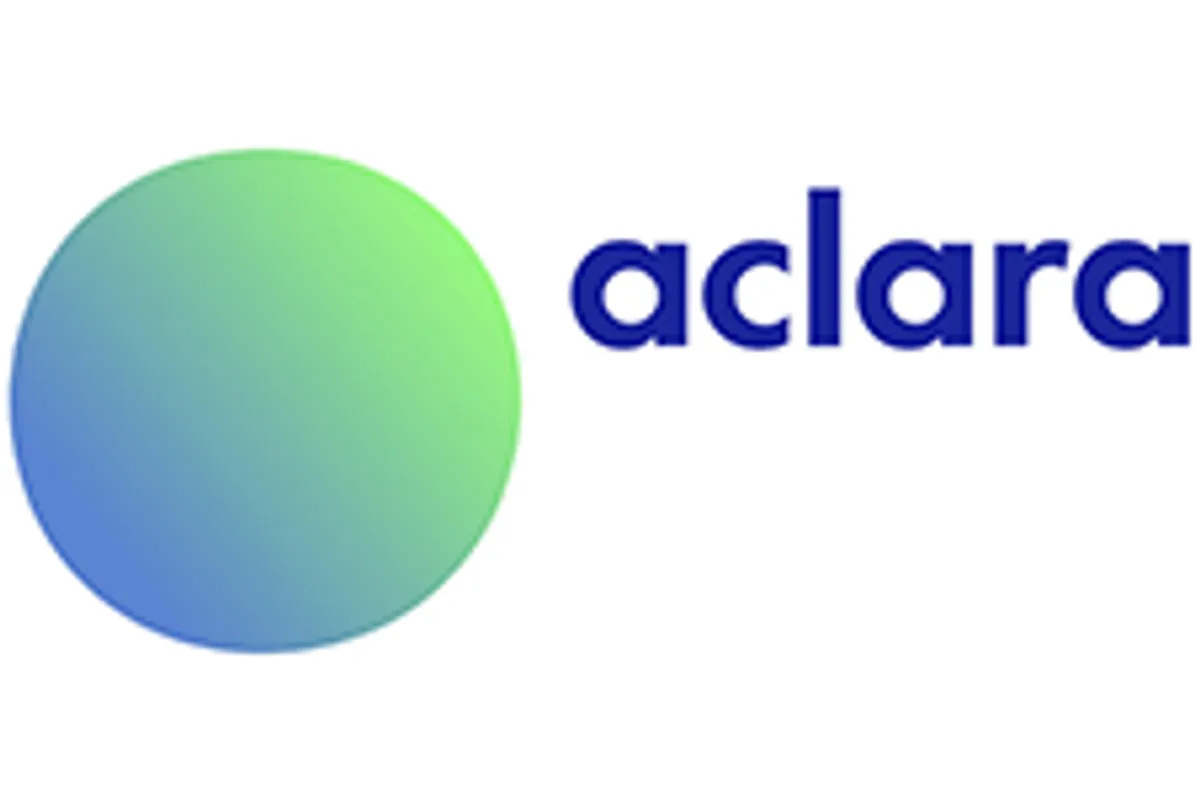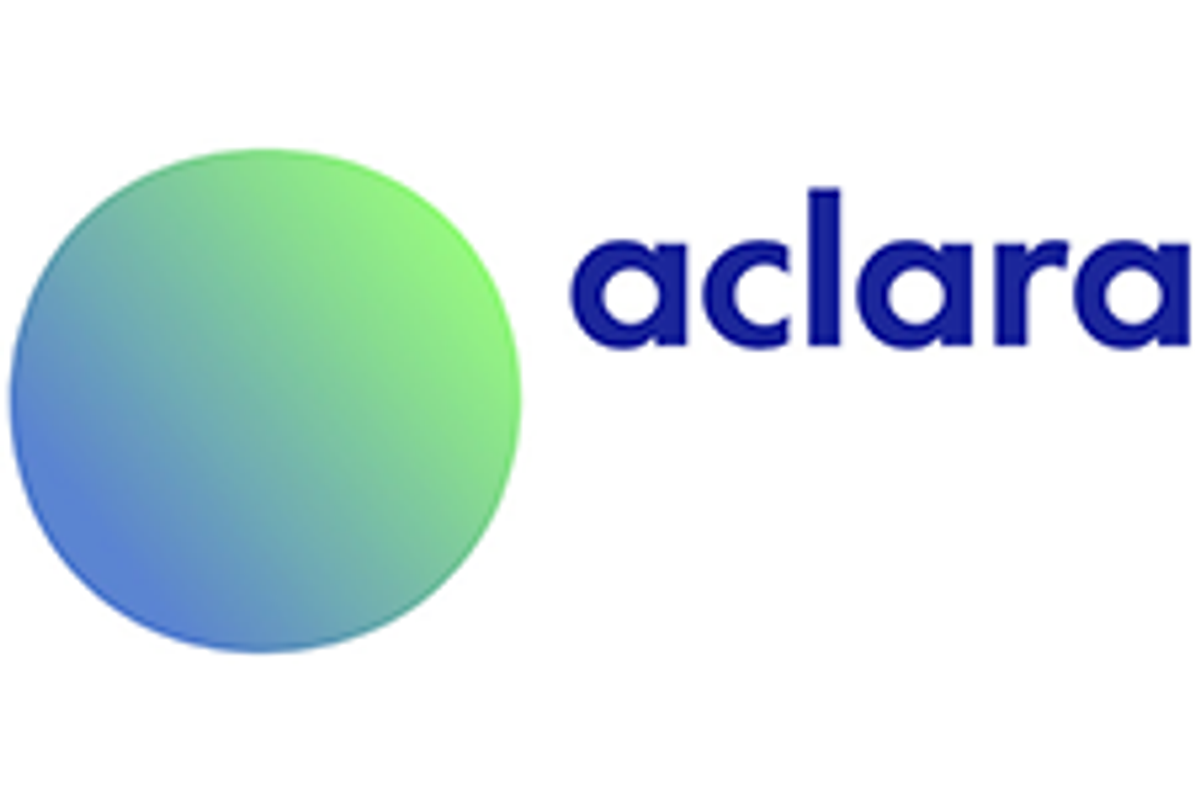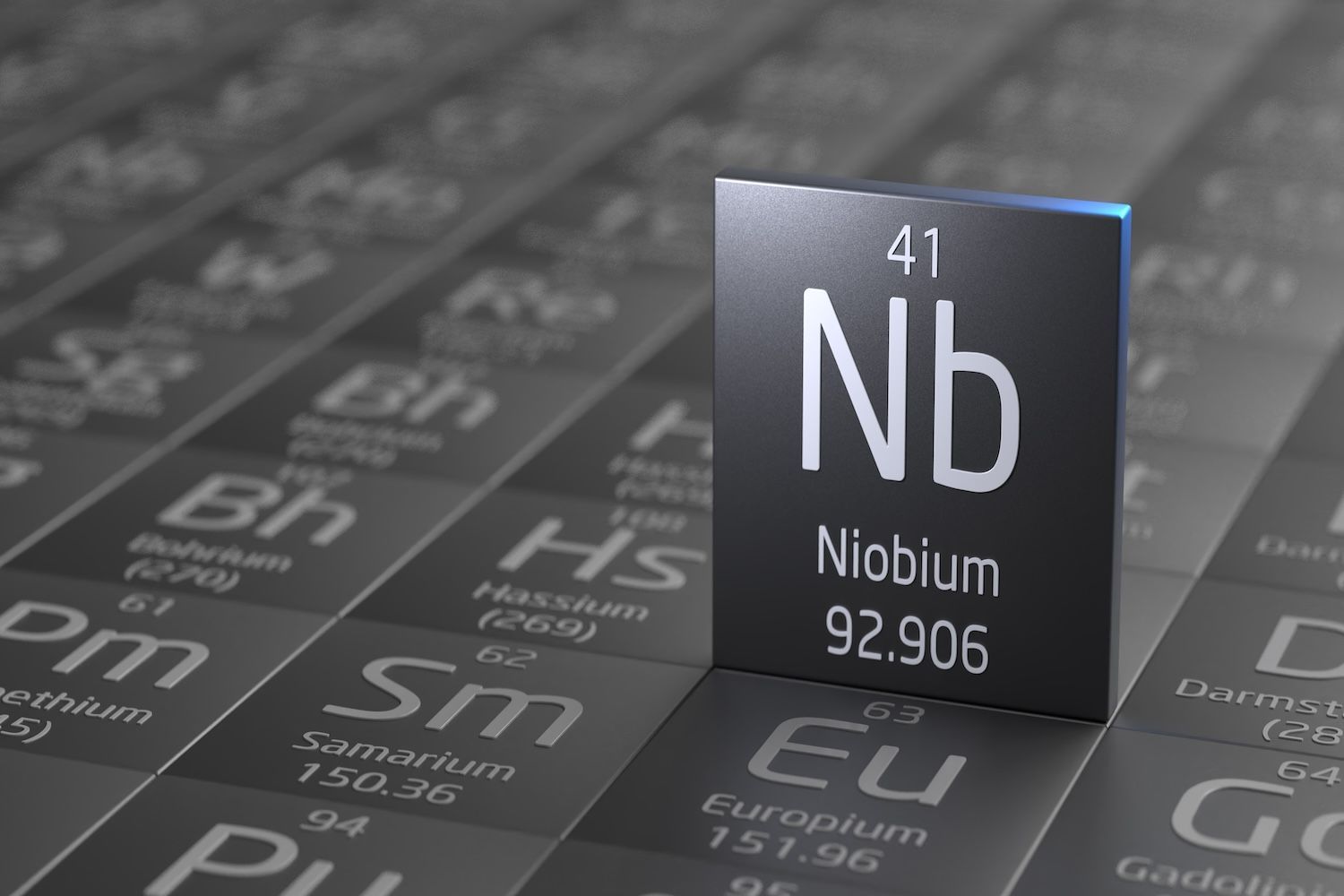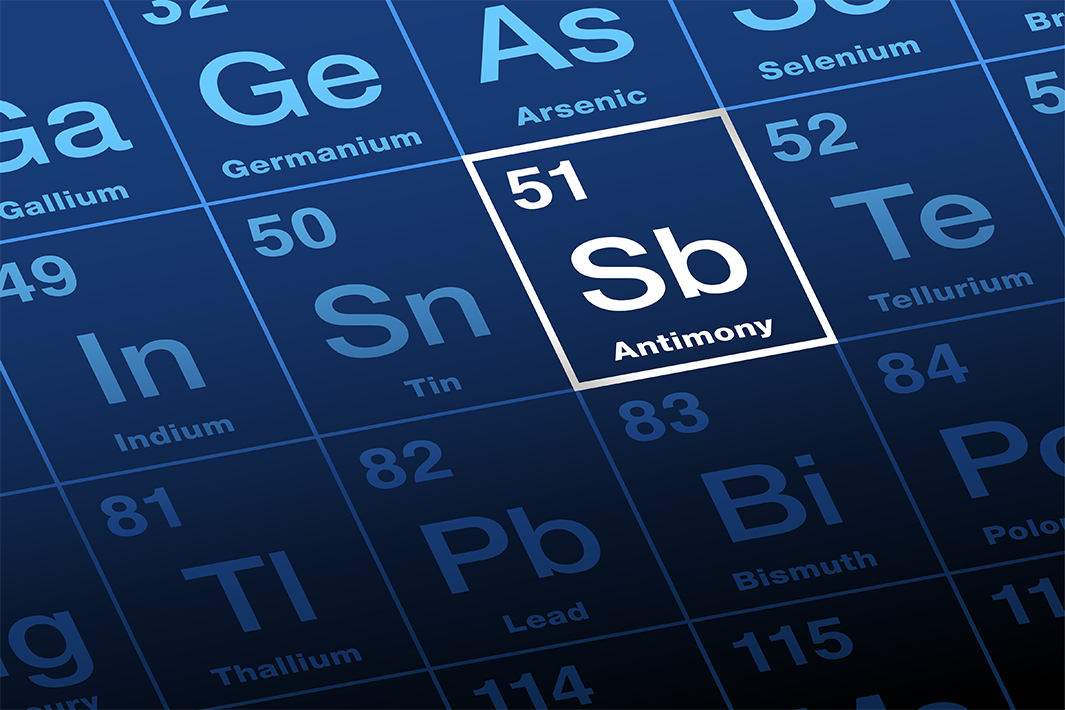
Aclara Resources Inc. ("Aclara" or "Company") (TSX:ARA) is pleased to announce that it has filed a new Environmental Impact Assessment (the "EIA") for the Penco Module project (the "Project") with the Environmental Service Assessment ("SEA") in Concepción, Chile. The EIA incorporates an improved technical design of the Project, which the Company believes addresses all concerns related to environmental and social requirements from the public services and local communities. In addition, the EIA has further been optimized following the review conducted by CAP S.A. ("CAP"). As Aclara's strategic partner in Chile, the Company will continue to leverage CAP's expertise and support through the course of its permitting process
Highlights
Building on the new technical design of the Project and local community feedback, the EIA includes the following highlights:
- Commitment to protecting native forests:
- New Project design excludes the Jupiter deposition zone and modifies other components to avoid the areas where the 6 "naranjillo" trees were previously found (see below "History and Permitting Strategy" for additional detail)
- Revegetation of over 100 hectares with native species
- "Early Citizen Participation" process aimed at co-designing the Project with the Penco community, reflecting greater involvement of its residents:
- Held meetings with over 1,000 residents, leaders, and opinion leaders of Penco
- Received 303 recommendations and comments (a record number compared to other projects in the same region) from the local community reflecting a greater degree on integration of the community as stakeholders
- Conducted over 400 guided tours to the Company's pilot plant for residents of the Penco community and academic researchers, who verified the environmental-friendly attributes and sustainability features of the Company's circular mineral harvesting process
- Established the Aclara house ("Casa Aclara") near Penco's main square as a dedicated space for ongoing dialogue with the community. Each week, approximately 100 Penco residents visit Casa Aclara to receive information about the Project directly from the Company
- Commitment to source 100% of the estimated water requirements of the Project with recycled water
- Addressed the observations received from the evaluation services in relation to the previous EIA
Jose Augusto Palma, Aclara's Executive Vice President, commented: "The submission of the Penco Module EIA marks a significant milestone for Aclara, which culminates an extensive review of the project aimed at incorporating important technical and sustainability-focused improvements and invaluable feedback from the Penco community.
The collaborative effort made with the community has notably strengthened our relationship, fostering a shared commitment to generating a positive impact in the life of its residents. Aclara installed and operated a semi-industrial scale demonstrative plant to display its complete production process, providing the community with insight into its unique environmental features and robust operational standards. With the introduction of Casa Aclara, we are committed to maintaining a space for permanent dialogue and engagement with the community, supplementing it with workshops and activities to create alignment with their needs and to receive the highest number of comments to keep improving our Project. These permanent outreach efforts have led to a substantial improvement in the support and perception of the Penco community towards the Project. We continuously measure this community perception through surveys and social media interaction.
The EIA presents a smaller but more robust Project that maintains the positive aspects of the previous EIA such as a fully recycled water source, revegetation with native species and the generation of over 2,000 direct and indirect jobs. Environmental stewardship remains at the core of Aclara, and we have taken an active approach to protecting native species through a program aimed at distributing a significant number of "naranjillos" and other vulnerable native species to social and regional organizations in the Biobio region and other areas in Chile for its conservation.
We take great pride in the successful completion of the Project´s technical redesign and we are confident that the EIA effectively addresses the comments and observations from multiple key stakeholders. We eagerly anticipate further collaboration with the Penco community and relevant authorities as we progress through the review process."
Jorge Lagos, CAP's Manager of Corporate Affairs and Sustainability, commented: "We have an innovative, sustainable, and clean project with the potential to turn Chile into a strategic supplier of rare earths, indispensable materials for electromobility, energy transition, and decarbonization. This is a great opportunity for Penco and its community and for Chile on the road to sustainable development. As Grupo CAP, we aspire to be leaders in producing critical materials for decarbonization, and this project is a new step towards that goal".
The Company expects that the EIA will be subject to an evaluation period of approximately 18 months and is committed to supporting the SEA throughout the course of their assessment and review. The Company notes that the application process is initially comprised of a preliminary five-business day review period by SEA to confirm the admissibility of the Company's application. Following publication in the media of an extract of the application, the first round of observations will be carried out over the course of approximately 30 business day period. Subject to any further requirements for additional material information by the SEA, which may result in the EIA to be withdrawn in order for the Company to address such requests, the SEA will proceed to conduct the citizenship participation and technical review phases of its assessment.
Protection of Forests
The Company has launched a plan for the reforestation of native forests, encouraging the engagement of social and regional organizations and offering training in the maintenance and care of native species. The program aims to donate approximately 8,000 naranjillo trees, followed by other species such as pitao and queule trees in the Biobio region and other areas in Chile.
Interaction with Indigenous Communities
The Company has declared in the EIA a potential impact to the Mapuche indigenous community and expects SEA to conduct an indigenous community consultation process as part of its evaluation of the EIA.
Consistent Community Engagement
The Company has also established Casa Aclara in Penco, an open house establishment to provide space for dialogue and training for the members of the community. At Casa Aclara, more than 350 residents of Penco have participated in free educational workshops, in response to and to create alignment with local needs, and information sessions regarding the features of the Project.
The Company maintains ongoing communication and engagement with the Penco community and other stakeholders in Chile through SomosAclara, a local brand dedicated to providing regular updates of its activities. SomosAclara communication is published in its website (somosaclara.cl), and various social media platforms including Instagram, Facebook, LinkedIn and YouTube (Somos Aclara). Over the past 2 years, the Company has published 438 social media posts, averaging more than 4 posts per week.
Collaboration with Academia
Historically, Aclara has had a strong link with Academia, as it was key to develop and enhance certain aspects of its innovative and environmentally friendly production process, the Circular Mineral Harvesting. Currently, the Company has alliances with twelve (12) universities in Biobío and other regions of the country to continue promoting research and development around the nascent rare earths industry. The company has guided several undergraduate theses linked to the areas of engineering, mining and geology, and has co-developed innovative projects in relation to the rare earths value chain.
History and Permitting Strategy
On July 3, 2023, the Company received notice from SEA of the assessment authority's decision to terminate its review of the Company's previously submitted EIA following the identification by CONAF of six (6) previously undisclosed "naranjillo" trees, considered vulnerable native species within the Penco Module area. Five (5) of the naranjillo trees were located near an existing access road to the Project that would require further modification and one was found in a local native forest within the Jupiter deposition zone.
Aclara has since revised its permitting strategy with the primary aim of preemptively addressing such concerns while minimizing any substantial impact on the Project's overall development timeline. In that regard, the Company made the determination to submit two separate EIAs, which will collectively cover the full life of mine of the Project.
The actual EIA covers approximately the first 6 years of life of mine of the Project and will encompass three extraction zones (Victoria Norte, Luna and Maite), one deposition zone (Neptuno) and the anticipated production facilities of the Project. The Project is expected to cover the payback period of the initial CAPEX of the Project.
A second EIA will be prepared when the Company is ready to expand its production at the Project to zones not covered by the current EIA application (i.e., Victoria Sur, Alexandra Oriente, and Alexandra Poniente) based on the availability of new deposition zone(s). The Company will concurrently submit a permit application to reactivate the Jupiter deposition zone as well as evaluate potential for purposes of the second EIA. As part of the second EIA, the Company anticipates incorporating an increase to the future production plant's throughput capacity, the feasibility of which will be evaluated at a conceptual level in 2024.
Circular Mineral Harvesting
Aclara's patented rare earth extraction process, Circular Mineral Harvesting, offers several environmentally attractive features. It does not involve the use of explosives and does not require crushing or milling (hence minimizing the use of energy and minimizing its carbon emissions and footprint). The close-circuit process developed by Aclara minimizes water consumption through high levels of water recirculation and does not generate liquid residues, thus avoiding the need for a tailings dam. The ionic clay feedstock is amenable to an ion-adsorption process, which uses a common fertilizer, ammonium sulfate, as its main reagent. Finally, regarding forestry management, our intention is to fully revegetate the areas impacted by our extraction process.
About Aclara
Aclara Resources Inc. (TSX:ARA) is a development-stage company that is focused on heavy rare earth mineral resources hosted in Ion-Adsorption Clay deposits. The Company's rare earth mineral resource development projects include the Penco Module in the Bio-Bio Region of Chile and the Carina Module in the State of Goiás, Brazil.
Aclara's rare earth extraction process offers several environmentally attractive features. Circular mineral harvesting does not involve blasting, crushing, or milling, and therefore does not generate tailings and eliminates the need for a tailing's storage facility. The extraction process developed by Aclara minimizes water consumption through high levels of water recirculation made possible by the inclusion of a water treatment facility within its patented process design. The ionic clay feedstock is amenable to leaching with a common fertilizer main reagent, ammonium sulfate. Further, harmful levels of radionuclides, typical of hard rock rare earth deposits, are not concentrated within the Aclara's processing flowsheet. In addition to the development of the Penco Module and the Carina Module, the Company will continue to identify and evaluate opportunities to increase future production of heavy rare earths through greenfield exploration programs and the development of additional projects within the Company's concessions in Brazil, Chile, and Peru.
Forward-Looking Statements
This news release contains "forward-looking information" within the meaning of applicable securities legislation, which reflects the Company's current expectations regarding future events, including statements with regard to, among other things, the Company's expectations including statements with regard to, among other things, the EIA, review thereof by the SEA, and improvements to the Penco Module and the anticipated benefits expected to result therefrom. Forward-looking information is based on a number of assumptions and is subject to a number of risks and uncertainties, many of which are beyond the Company's control. Such risks and uncertainties include, but are not limited to, the factors discussed under "Risk Factors" in the Company's annual information form dated as of March 22, 2024 filed on the Company's SEDAR+ profile. Actual results, timing, performance, achievements or future events or developments could differ materially from those expressed or implied herein. Unless otherwise noted or the context otherwise indicates, the forward-looking information contained in this news release is provided as of the date of this news release and the Company does not undertake any obligation to update such forward-looking information, whether as a result of new information, future events or otherwise, except as expressly required under applicable securities laws..
For further information, please contact:
Ramon Barua
Chief Executive Officer
investorrelations@aclara-re.com
SOURCE: Aclara Resources Inc.
View the original press release on accesswire.com




